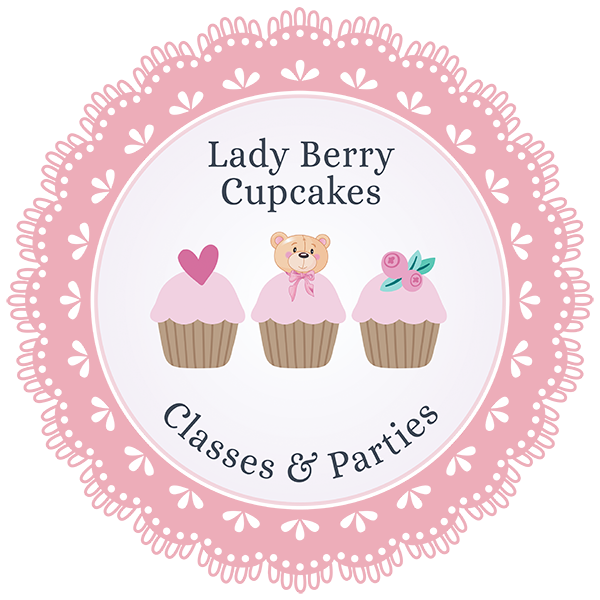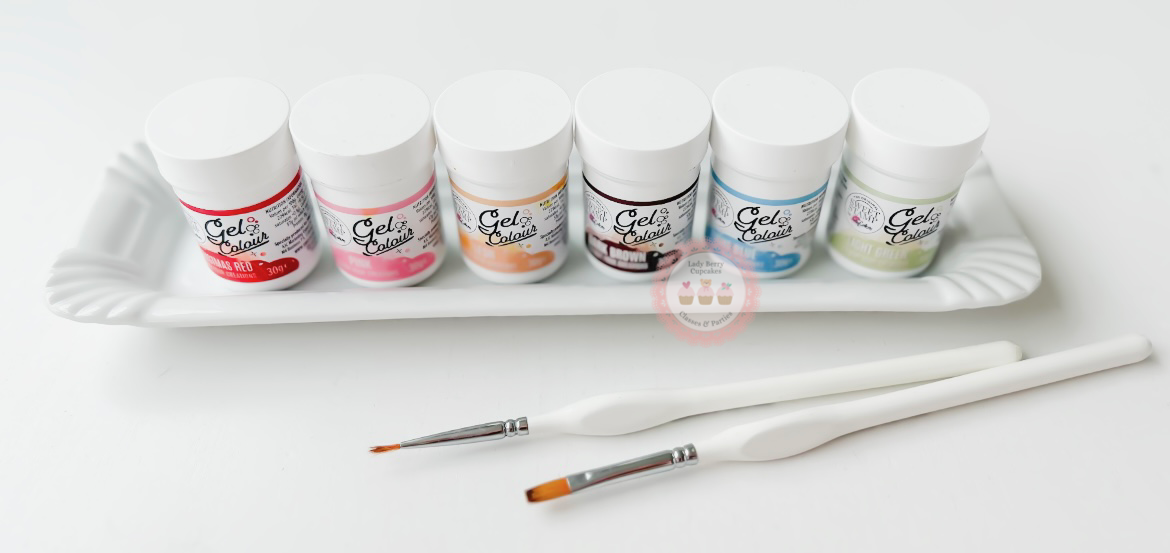How To Colour Pastel Fondant
How do you colour your fondant to achieve those soft delicate pretty pastel tones?
Most of us use fondant regularly to create gorgeous details. It’s an excellent medium to work with as it provides a smooth flawless finish and we get to create SO much with it from covering cakes, cupcakes, cookies to making fondant details and toppers. When we need to add colouring to our fondant to make our creations more vibrant and eye-catching, there is a range of colourings and brands we can use. So let’s get started so you can begin enjoying a variety of cake decorating classes.
Choose the right type of food colouring:
Before you start colouring your fondant, it's essential to choose the right type of food colouring. These days we are spoilt for choice with so many brands available. I recommend exploring working with a variety and seeing which one you prefer.
So What Are The main 3 Types Of Colouring Most Commonly Used?
Liquids
Gels/ Pastes
Powdered
LIQUID COLOURING
When I think of liquid food colouring, I instantly think of baking as a kid and the food colouring going absolutely everywhere lol, or was that just me lol?! Liquid colouring is a concentrated colouring solution typically composed of water, food-grade colorants, and sometimes additional additives. `To use liquid food colouring on fondant, start by adding the smallest amount of the liquid colouring to the fondant and knead it in thoroughly.
Gradually add a drop more colour as needed until your reach the desired shade. Keep in mind that liquid food colouring can make the fondant softer, so it's important to adjust the consistency if necessary by adding a little corn flour to balance the moisture.
GEL/PASTE
Although Gels and Pastes are very similar, as they are both highly concentrated, there are some differences between the two:
Consistency: Gel food colouring has a more fluid and gel-like consistency, similar to thick syrup. It can be easily mixed into fondant, buttercream, and other icings. On the other hand, paste food colouring has a thicker and denser consistency, often resembling a paste or gelatinous form. It requires more effort to mix into fondant but can provide deeper and more vibrant colors.
Concentration: Paste food colouring is typically more concentrated than gel food colouring. This means you need to use less paste colouring to achieve the desired colour intensity compared to gel colouring. A small pot goes a long way! The higher concentration of paste colouring also allows for more control when achieving specific shades.
Usage: Gel food colouring is commonly used for tinting small quantities of fondant, icings, or batters. It’s fluid consistency makes it easier to measure and control the amount of coloring added. Paste food coloring is more suitable for larger batches of fondant or when you need a more intense colour. It’s thicker consistency makes it ideal for colouring larger quantities without altering the consistency of the fondant.
POWDER
To colour fondant with powder food colouring, simply sprinkle a small amount of powder onto the fondant ( I like to make a little well in the middle of the fondant and fold the fondant in on top) knead it in until the desired colour is achieved. Start with a small amount of powder and gradually add more as needed, as it's much easier to add more than to remove too much. (yes Im speaking from experience! lol)
Powder food coloring for cake decorating is typically made of a combination of food-grade colourants and a drying agent, such as corn flour or dextrose. The colourants used can vary depending on the manufacturer, but they are usually made from a blend of synthetic and/or natural ingredients that are safe for human consumption. Some common colourants used in powder food colouring include titanium dioxide, iron oxide, and FD&C dyes. It's important to use food-grade powder food colouring that is specifically designed for cake decorating to ensure that it's safe to eat and won't affect the taste or texture of your baked goods
TIP: Be aware of the colourings you can and can’t use in your country as there are different rules depending on where you are. For example in the UK we cannot use E127. Here in the UK all food colourings used in cake decorating must comply with regulations set by the Food Standards Agency (FSA) and the European Food Safety Authority (EFSA).
So how do I achieve the soft pastel tones?
There is such a great range of options for colouring fondant, but I personally prefer to use gels to achieve the soft pastel tones I use throughout Lady Berry Cupcakes. Although the colours are intense, it’s still easy to create a range of soft gentle shades.
Steps:
Start with white fondant as a base. You can purchase pre-made white fondant easily or some like to make it from scratch using marshmallows and powdered sugar. I prefer to use a supermarket fondant for my cupcakes it achieves everything I need it to do and saves me time ;)
Take a small amount of fondant and add a tiny amount of food colouring, like a speck on the end of a cocktail stick.
Knead the fondant until the colour is evenly distributed. If the fondant becomes too sticky, add a small amount of corn flour. Ensure there is no tie dye effect, a big no no in the cake decorating world you want it to be a even colour throughout.
Keep adding a tiny amounts until you achieve the desired shade. For the soft pastel shades I often use 1 speck!
If you want to create an ombre of pastel shades, divide the white fondant into smaller portions before adding the food colouring.
Once you have achieved the desired shades, wrap each portion of fondant in plastic wrap or place in sandwich bags and store in an airtight container until ready to use.
TIP: Remember your colours will go a shade or so darker after a few hours or over night. So always go a touch lighter than the final shade you require.
What Do I Use:
I personally enjoy the colour spectrum that Sugar Flair offers but hate the way its stains. So mainly I use Colour Gels by Sweet stamp as Im able to achieve all these soft pastel tones without staining my hands!
If you fancy some please … See Below :)
Now its your turn:
You now know how to achieve these gorgeous pastel tones. Now you can grab a few of the Online Pastel Video Classes and learn to make beautiful Pastel cupcakes from home! Such as Cute Pastel Class, The Beginners or the Pastel Sugar Flowers Class. There are so many cake and cupcake decorating classes and courses for your to enjoy and increase your fondant skills.
DISCOUNT CODE
Sweet Stamp have given me a Brand New 10% Discount code to share with ALL of you and you can use it on Everything! Letter sets, sprinkles, embossers, cutters, dusts, paints the lot! As well all these Gel colours so you too can make the perfect pastel shades!
How do you colour larger quantities of fondant?
If you colour a lot of fondant every like I do, is there a hack to colouring lots of fondant at once without giving yourself carpel tunnel syndrome? So I thought about using a dough hook on the mixer. Have you tried it? Keep an eye out on Instagram for the results!
TIP: To achieve more of vintage pastel tone you can also add a tiny speck brown to each colour, I love the whole new pastel colour palette that this creates. Try it and see!










